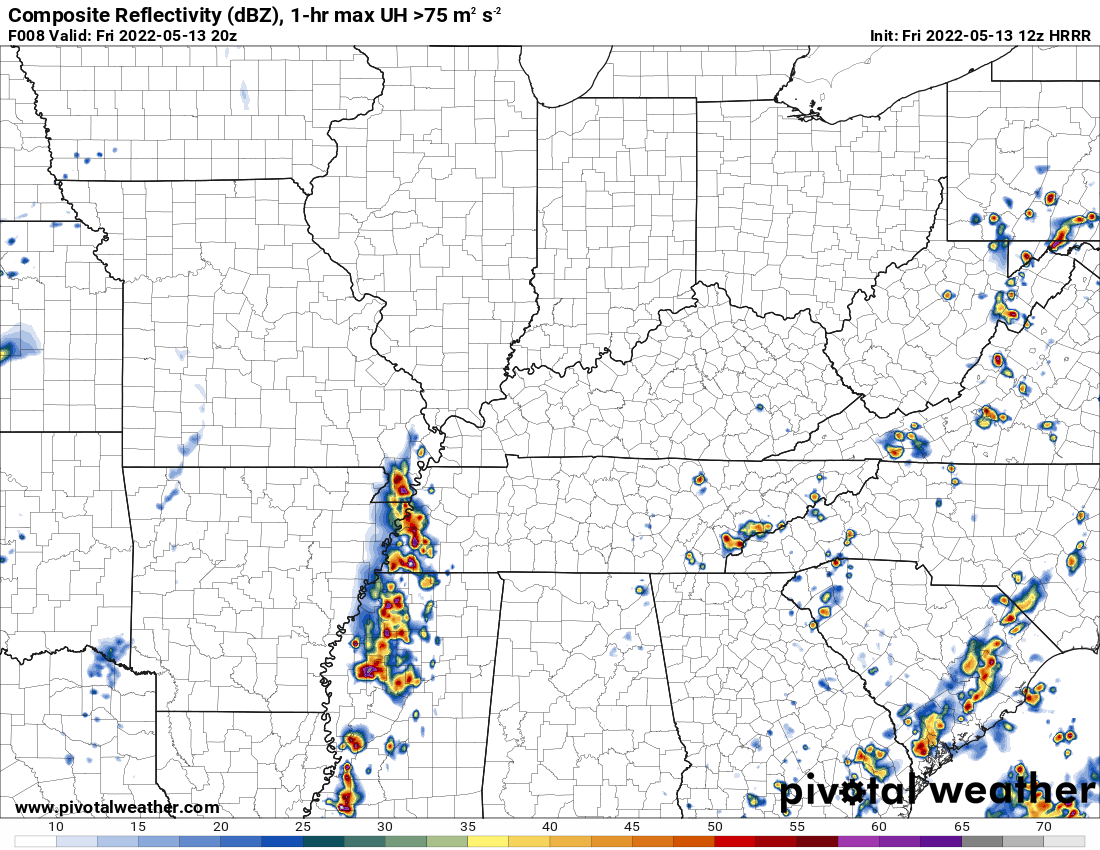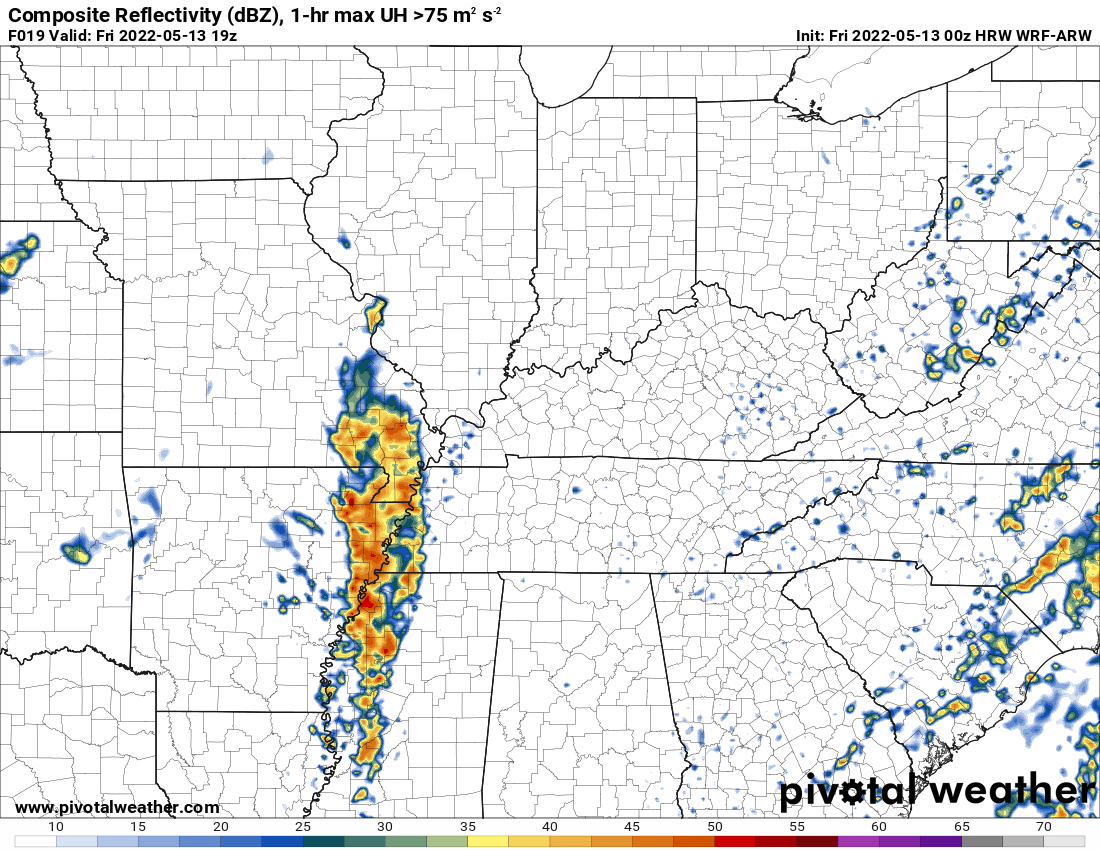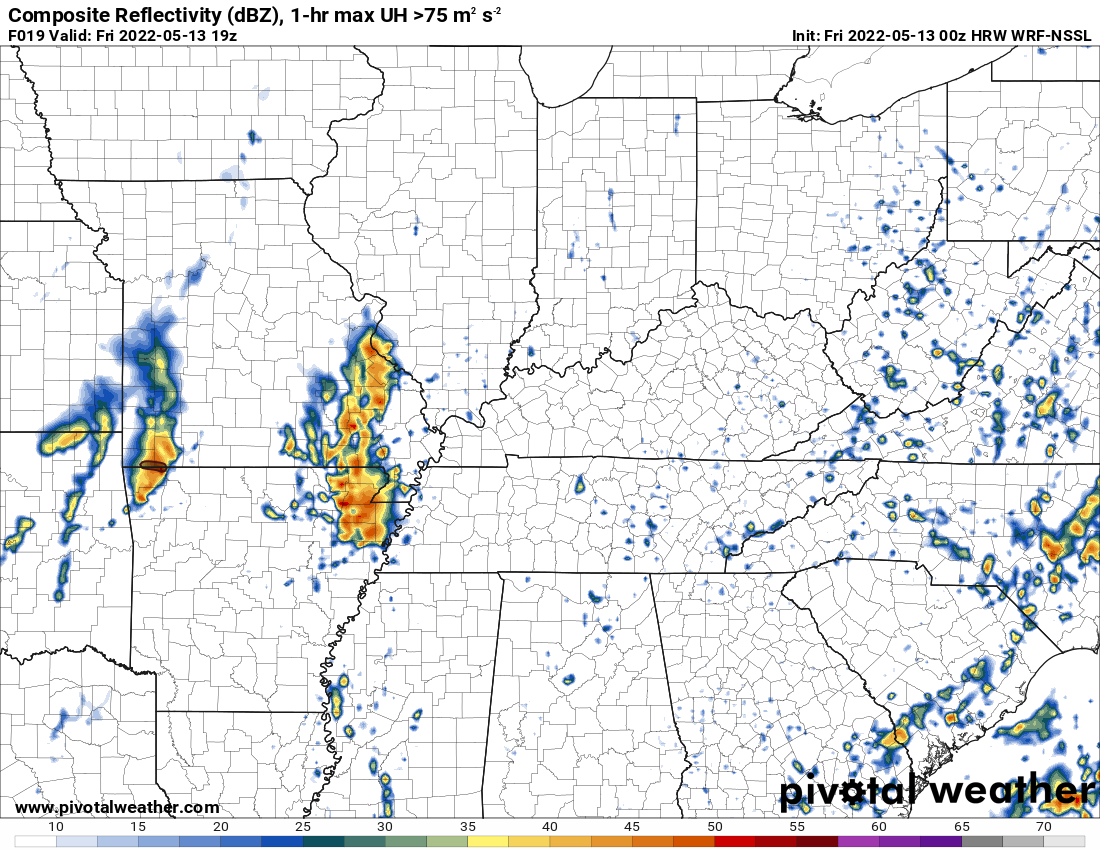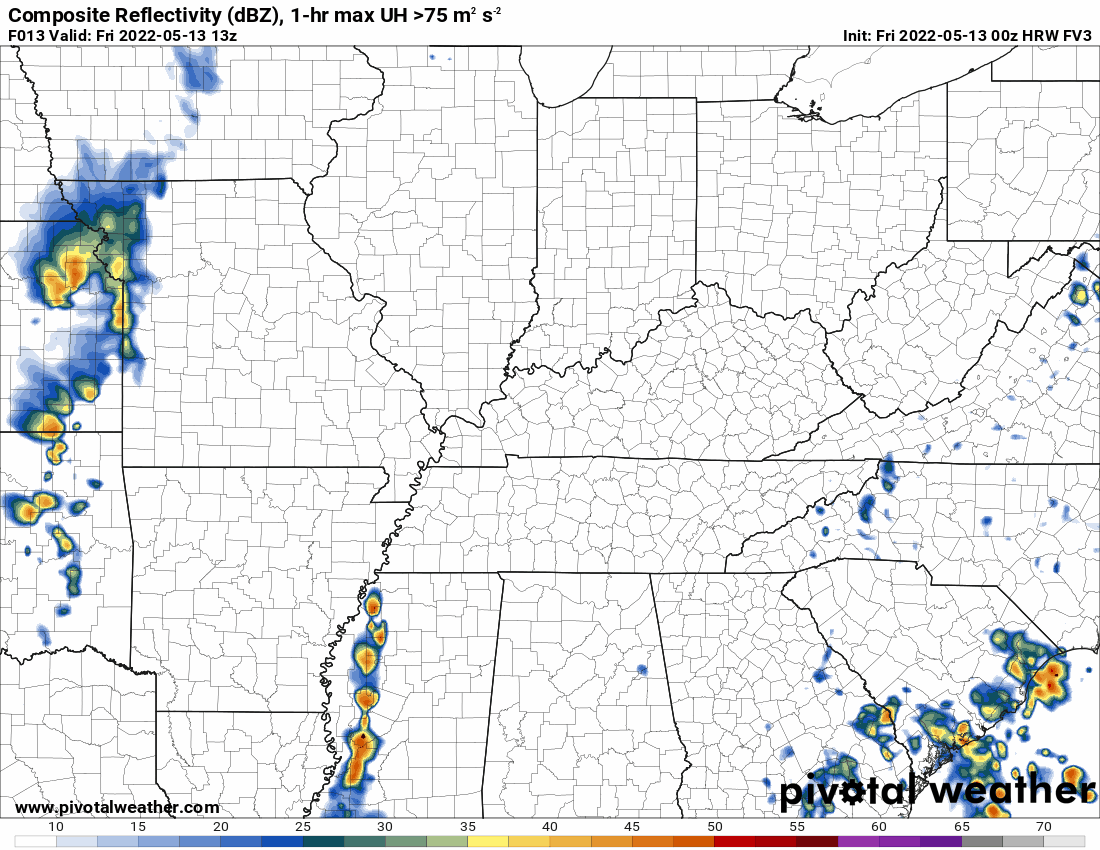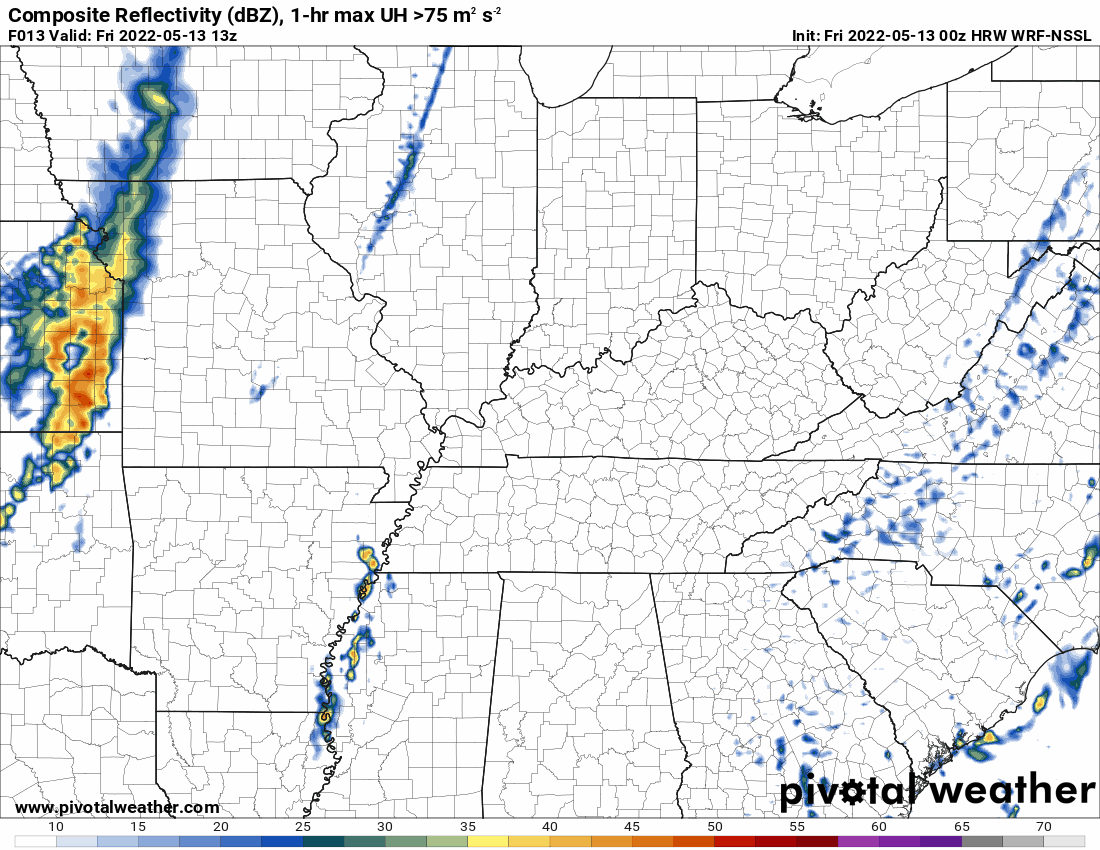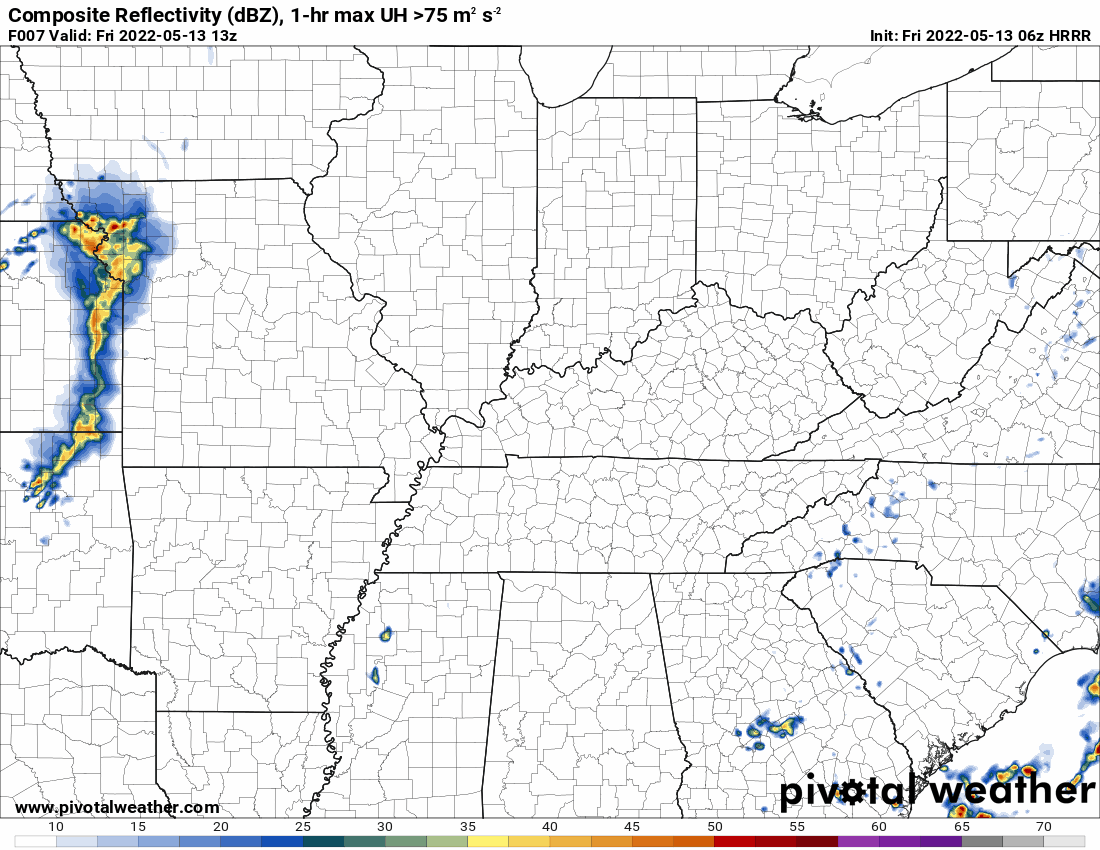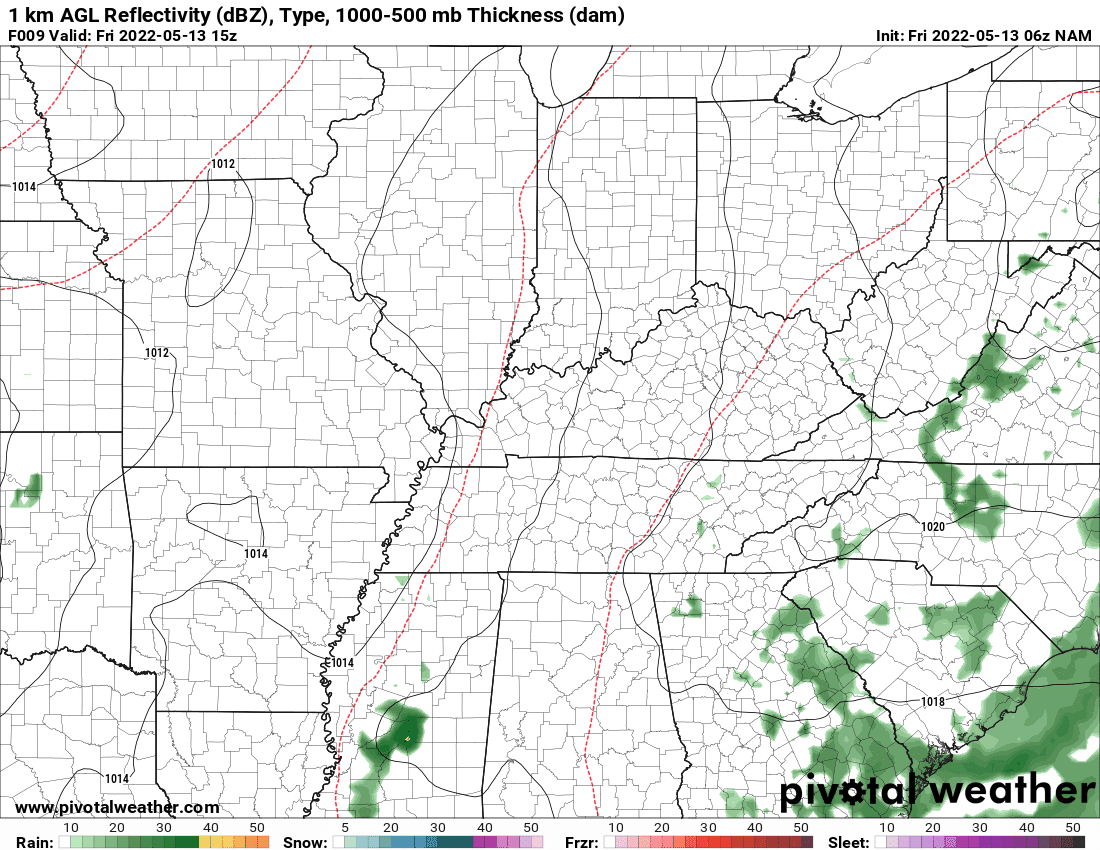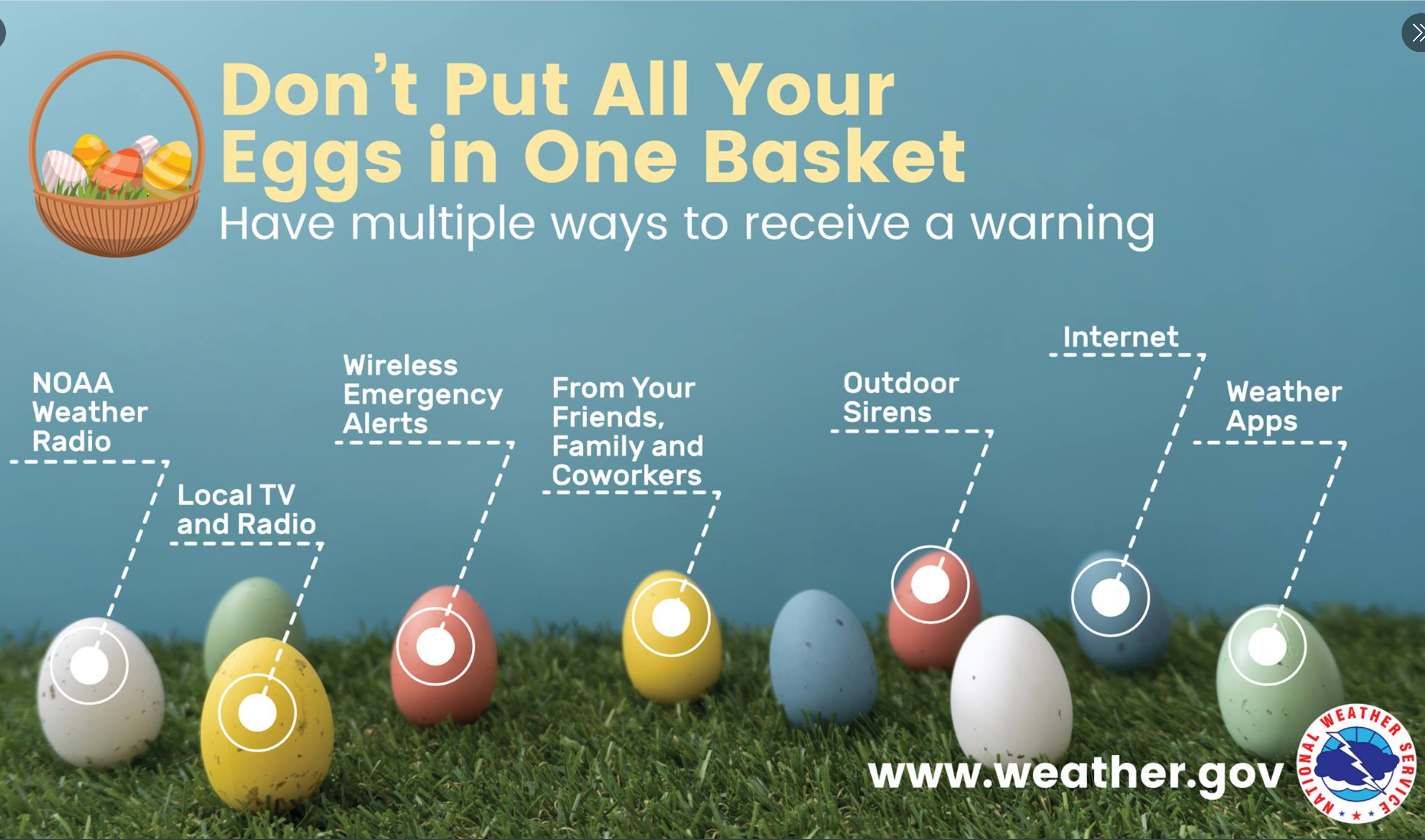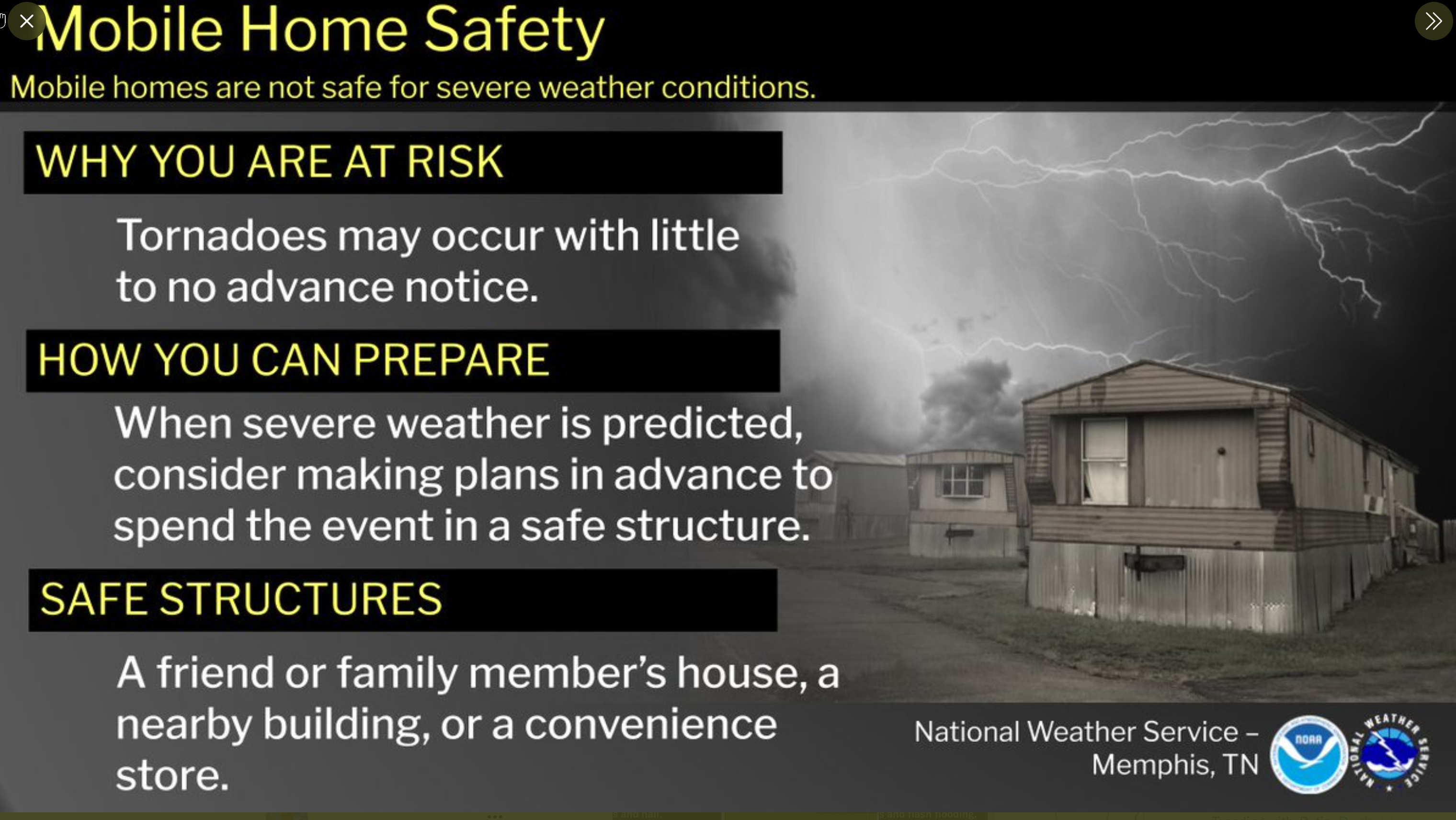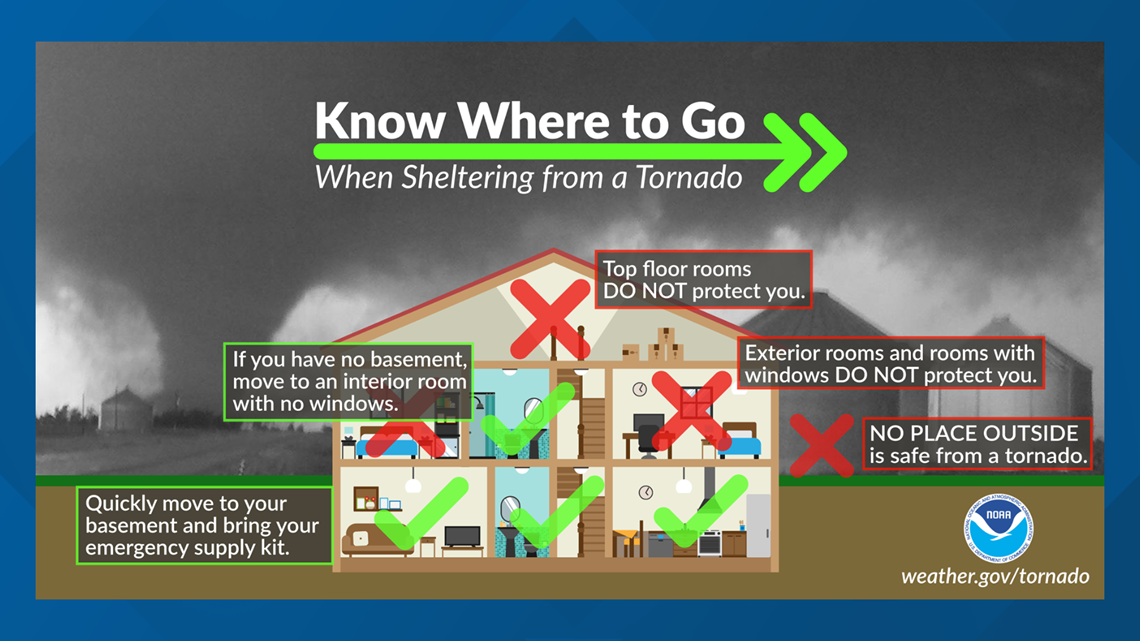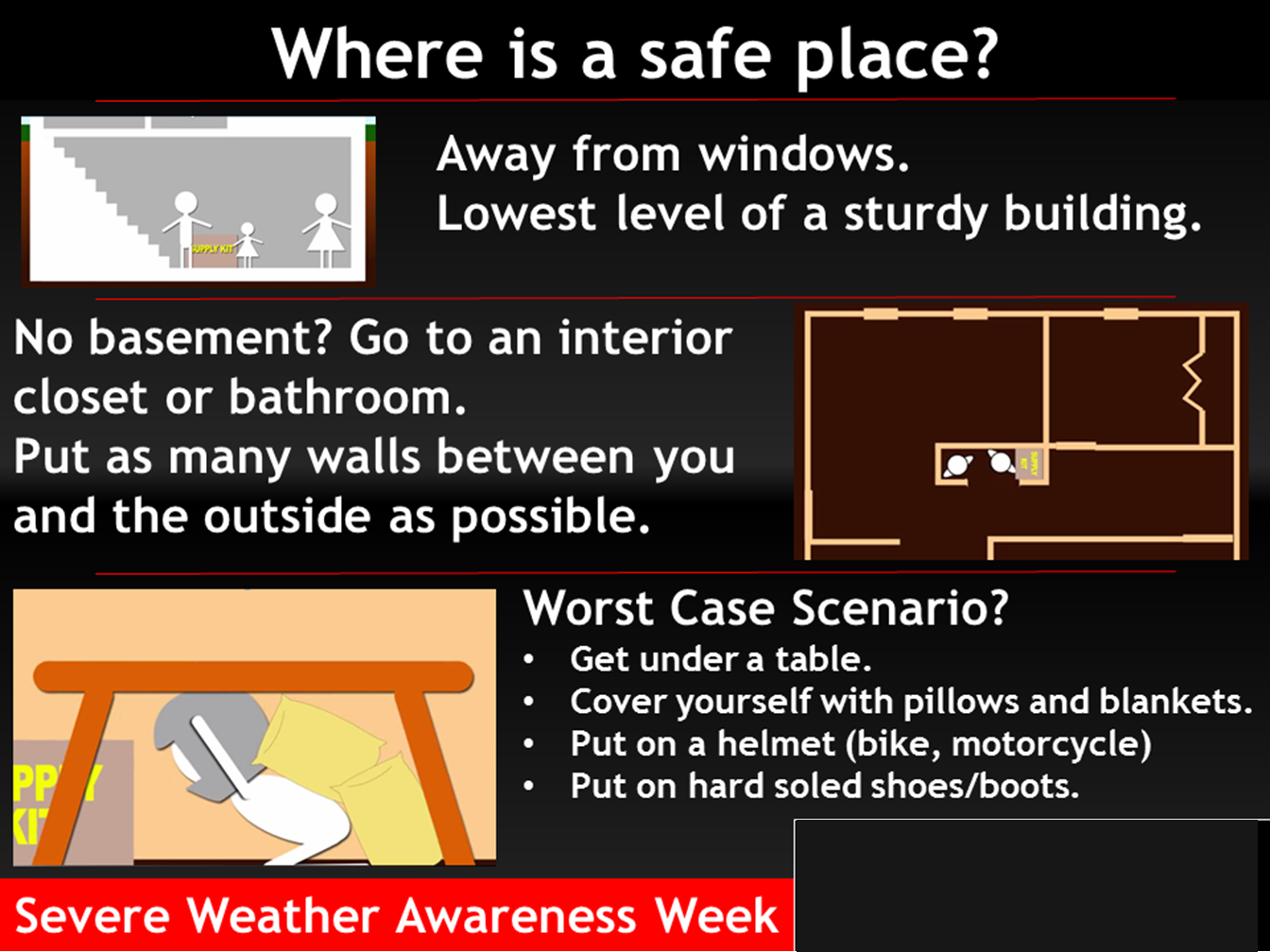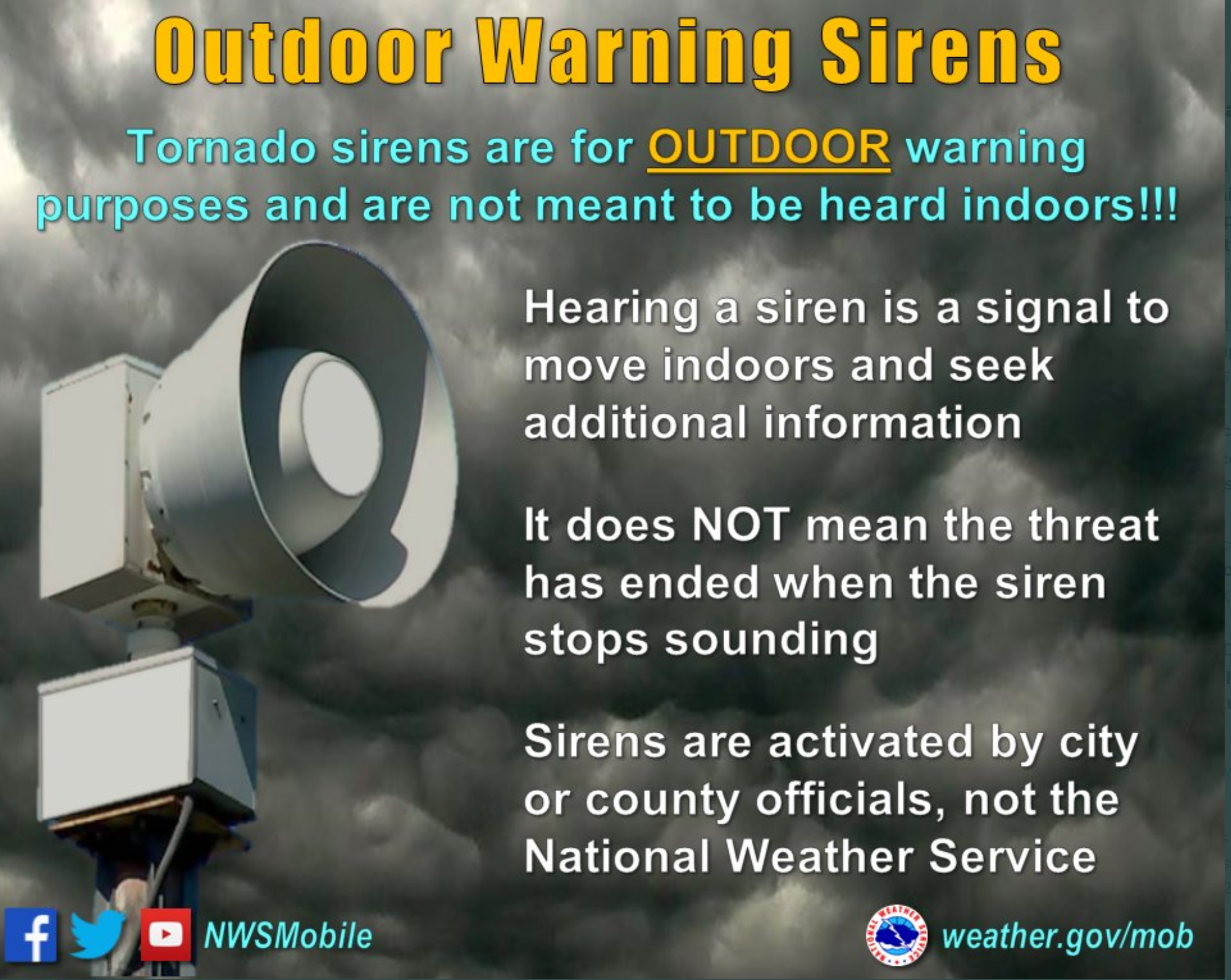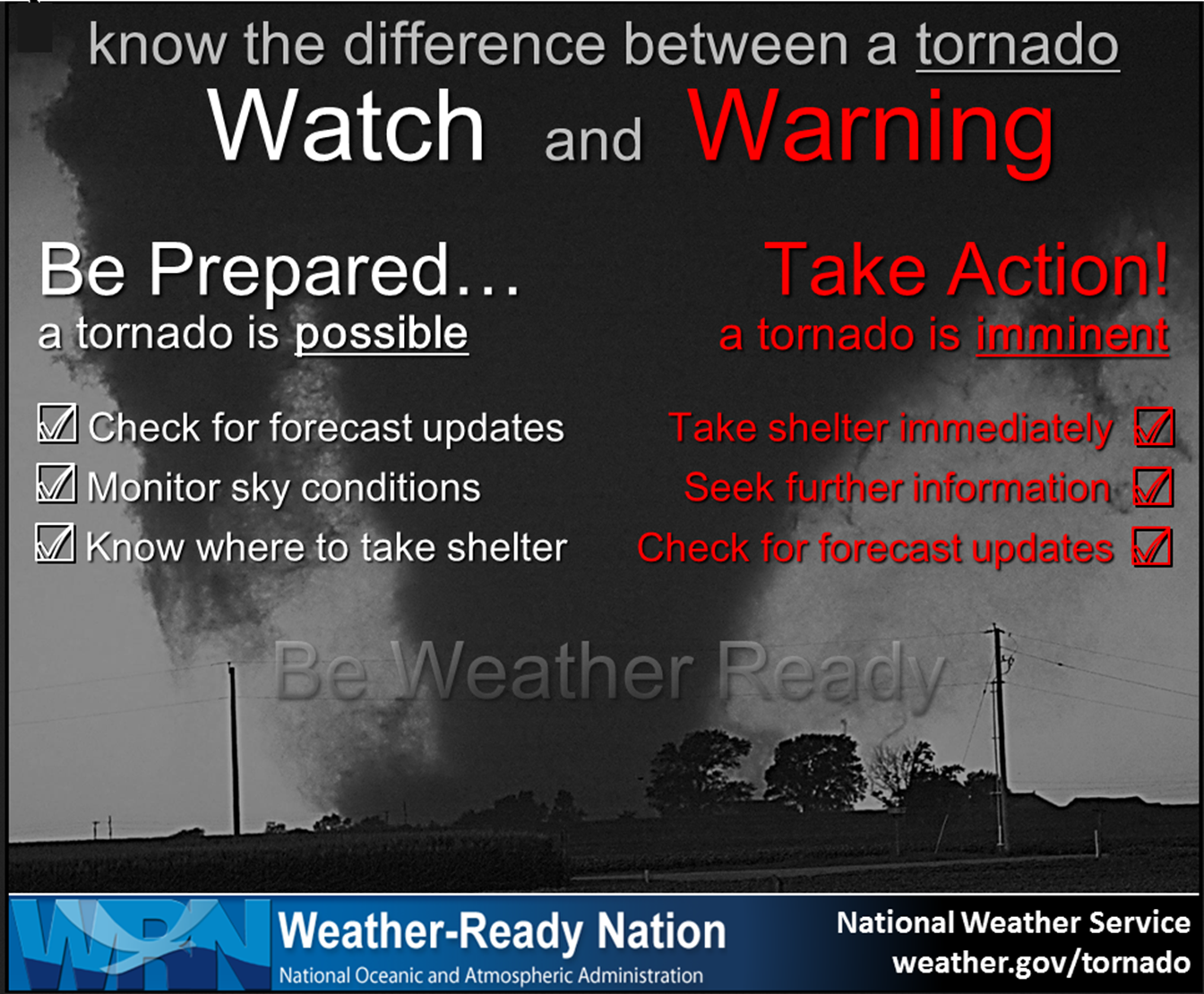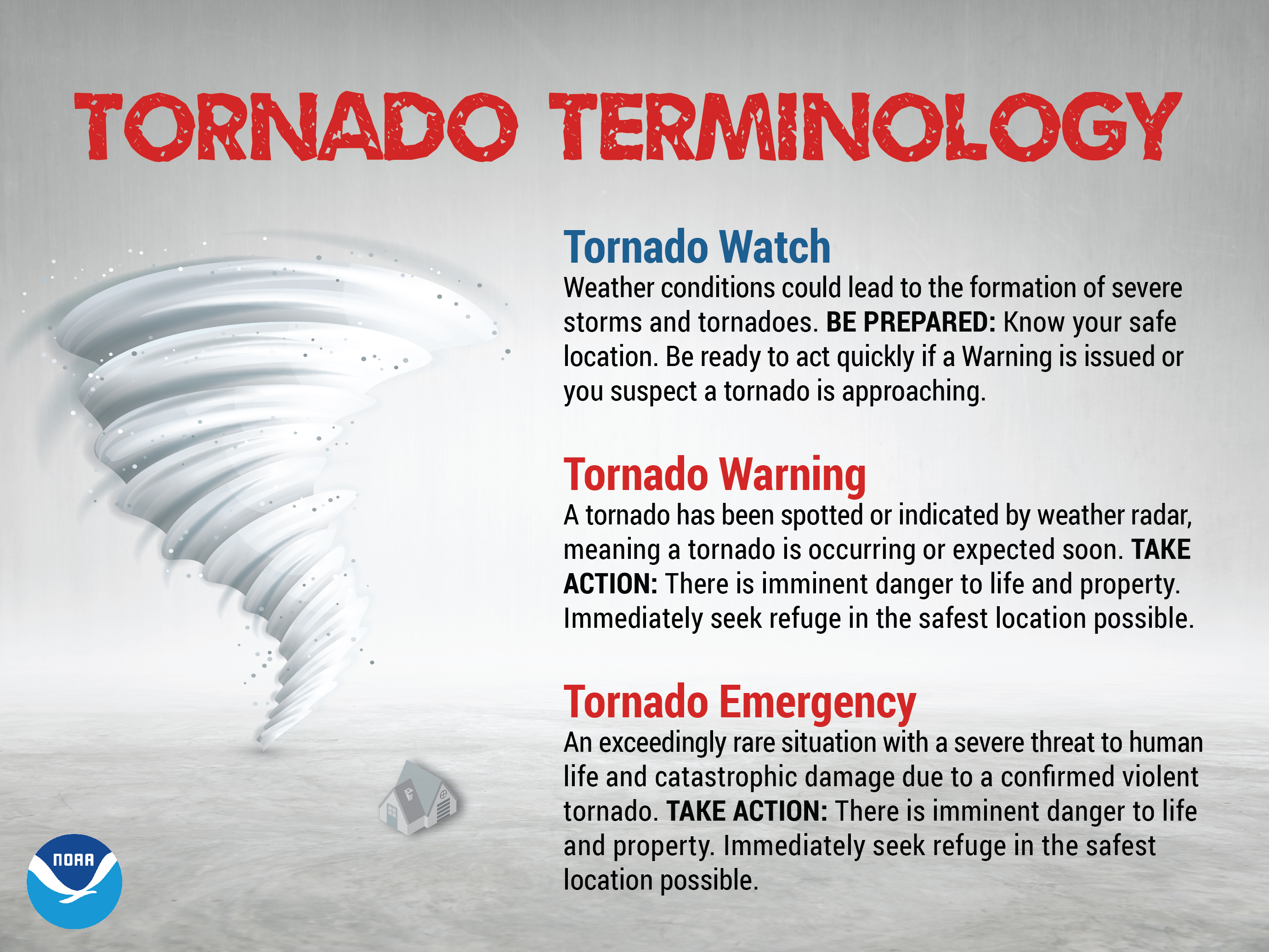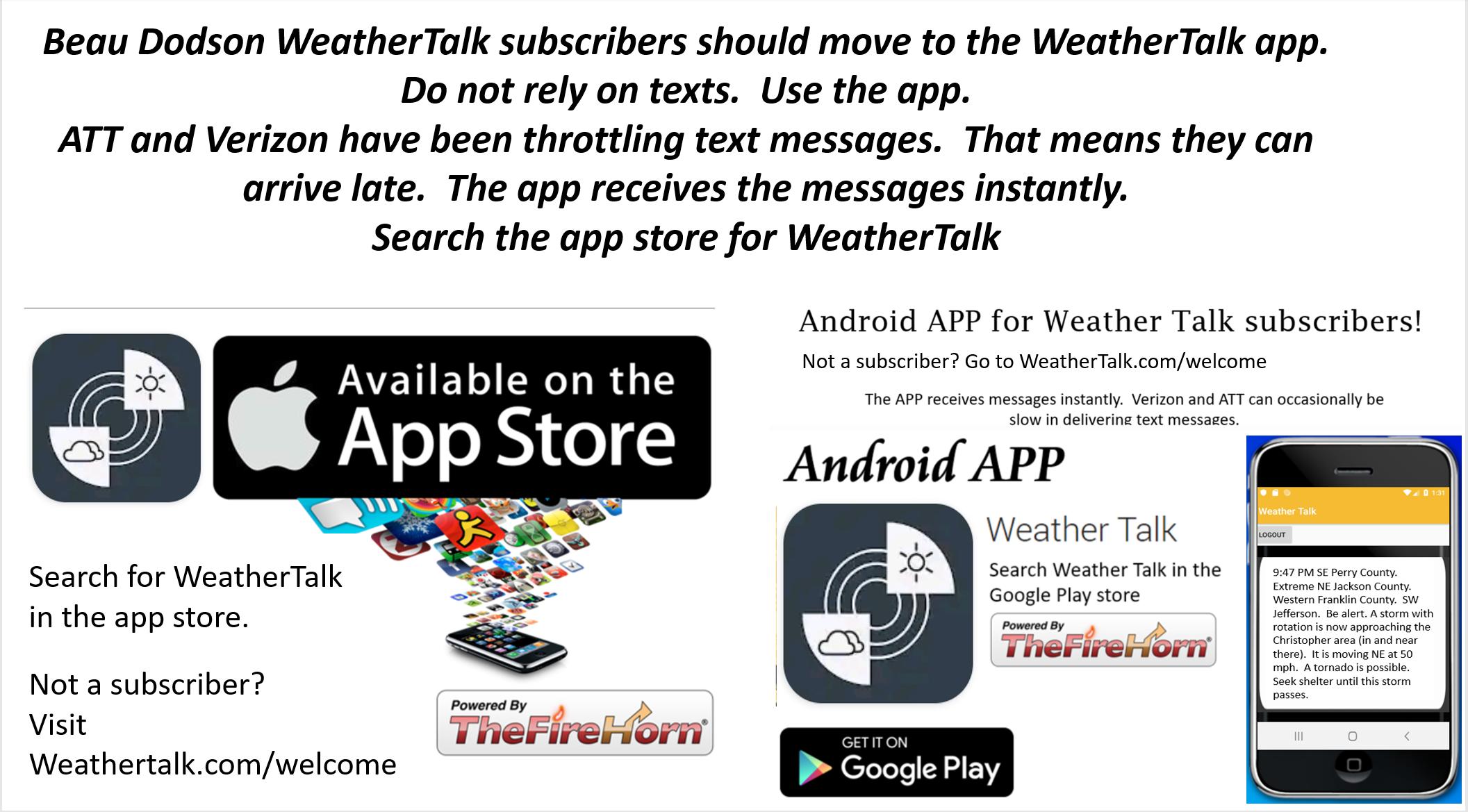.
SCROLL DOWN THE PAGE FOR UPDATES
.
Click on the words below to subscribe
Storm Tracking Links
Interactive local city-view radars. Clickable watches and warnings.
https://wtalk.co/B3XHASFZ
Backup radar site in case the above one is not working.
https://weathertalk.com/morani
Regional Radar
https://imagery.weathertalk.com/prx/RadarLoop.mp4
*NEW* Zoom interactive radar (with storm chaser streams)
https://wtalk.co/AVWG7GM7
Real time lightning tracker system two.
https://map.blitzortung.org/#5.02/37.95/-86.99
Lightning Data (zoom in and out of your local area)
https://wtalk.co/WJ3SN5UZ
The app is for www.weathertalk.com subscribers. Subscriber first and then download the app.
Apple users click here. Android users click here.
What you need to know
Key Points
- There is a risk of severe thunderstorms today through Sunday night.
- Have your Beau Dodson Weather app on. Check it. Make sure you have not logged out of the app.
- Have THREE to FIVE ways of receiving your severe weather warnings.
- Remember, a watch means to monitor updates. A warning means to seek shelter. A warning is a higher threat and means to seek shelter immediately. Severe weather may occur in or near your location.
.

Here is Facebooks’ Severe Weather Q&A threads.
Link https://www.facebook.com/beaudodsonweather
.
The latest blog updates will be posted here at the top of Beau’s severe weather blog.
Saturday, May 14, 2022
Good day, everyone.
I am battling Covid-19. I may not update, as much.
There is a low risk of severe weather this afternoon and tonight. The concern would mainly be a couple of high wind and hail reports.
We should monitor Sunday afternoon and night. A line or two of storms will be possible. If storms do push into the region, then they could become severe weather damaging wind and hail.
.
Friday, May 13, 2022
8:00 AM
A pattern shift is developing today into next week. It is going to become a bit more active on the thunderstorm front.
The primary concern is going to be the threat of severe thunderstorms.
The atmosphere will be unstable today into Sunday.
The Storm Prediction Center has placed our region in a risk of severe weather all three days.
The primary concern today and tonight will be across southeast Missouri, southwest Illinois, extreme western Kentucky, and northwest Tennessee.
A few storms could pop in the heat of the day and produce damaging wind and hail. The tornado risk is low. Torrential downpours could cause flash flooding in spots. Lightning will be a concern for outdoor activities, of course.
High resolution models are showing the bulk of today’s activity forming across southeast Missouri.
Here are several models. The only question is the extent of the coverage. Some models center activity across the Bootheel and others a tad further north.
Hrrr model. Around 3 PM.
HRW WRF around 2 PM
NSSL WRF around 2 PM
Let’s keep an eye radars later today into this evening. A few intense storms are possible.
A few storms could be severe Saturday/Saturday evening, as well. The primary concern will be damaging wind and hail.
The Storm Prediction Center has a higher risk of severe weather area-wide Sunday and Sunday night. This is the time-frame of most concern. Damaging wind and large hail will be the primary concern. A low-end tornado risk, as well. Again, torrential downpours and lightning will be a concern for those outside/camping/area lakes. Be weather aware.
Dry conditions are likely Monday and Monday night.
Another chance of thunderstorms will develop Tuesday into Thursday. Heavy downpours and lightning will be a concern. It is a bit too early to know if a few storms could reach severe levels.
Rain totals will vary wildly over the coming week. Generally, between now and next Thursday, the area will pick up 0.50″ to 1.00″ of rain. Then, thunderstorms could easily double or triple those amounts in a few locations. Typical summer type pattern.
.
Today’s outlook (below).
Light green is where thunderstorms may occur but should be below severe levels.
Dark green is a level one risk. Yellow is a level two risk. Orange is a level three (enhanced) risk. Red is a level four (moderate) risk. Pink is a level five (high) risk.
One is the lowest risk. Five is the highest risk.
A severe storm is one that produces 58 mph wind or higher, quarter size hail, and/or a tornado.
The tan states are simply a region that SPC outlined on this particular map. Just ignore that.

The black outline is our local area.


.
Tomorrow’s severe weather outlook.


.![]()
.

Click here if you would like to return to the top of the page.
Again, as a reminder, these are models. They are never 100% accurate. Take the general idea from them.
What should I take from these?
- The general idea and not specifics. Models usually do well with the generalities.
- The time-stamp is located in the upper left corner.
.
What am I looking at?
You are looking at different models. Meteorologists use many different models to forecast the weather. All models are wrong. Some are more wrong than others. Meteorologists have to make a forecast based on the guidance/models.
I show you these so you can see what the different models are showing as far as precipitation. If most of the models agree, then the confidence in the final weather forecast increases.
You can see my final forecast at the top of the page.
Occasionally, these maps are in Zulu time. 12z=7 AM. 18z=1 PM. 00z=7 PM. 06z=1 AM
This animation is the HRW FV3 high resolution model.
This animation shows you what radar might look like as the next system pulls through the region. It is a future-cast radar.
Time-stamp upper left. Click the animation to enlarge it.
.
This animation is the Storm Prediction Center WRF model.
This animation shows you what radar might look like as the next system pulls through the region. It is a future-cast radar.
Time-stamp upper left. Click the animation to enlarge it.
Occasionally, these maps are in Zulu time. 12z=7 AM. 18z=1 PM. 00z=7 PM. 06z=1 AM
.
This animation is the Hrrr short-range model.
This animation shows you what radar might look like as the next system pulls through the region. It is a future-cast radar.
Time-stamp upper left. Click the animation to enlarge it.
Double click the animation to enlarge it.
Occasionally, these maps are in Zulu time. 12z=7 AM. 18z=1 PM. 00z=7 PM. 06z=1 AM
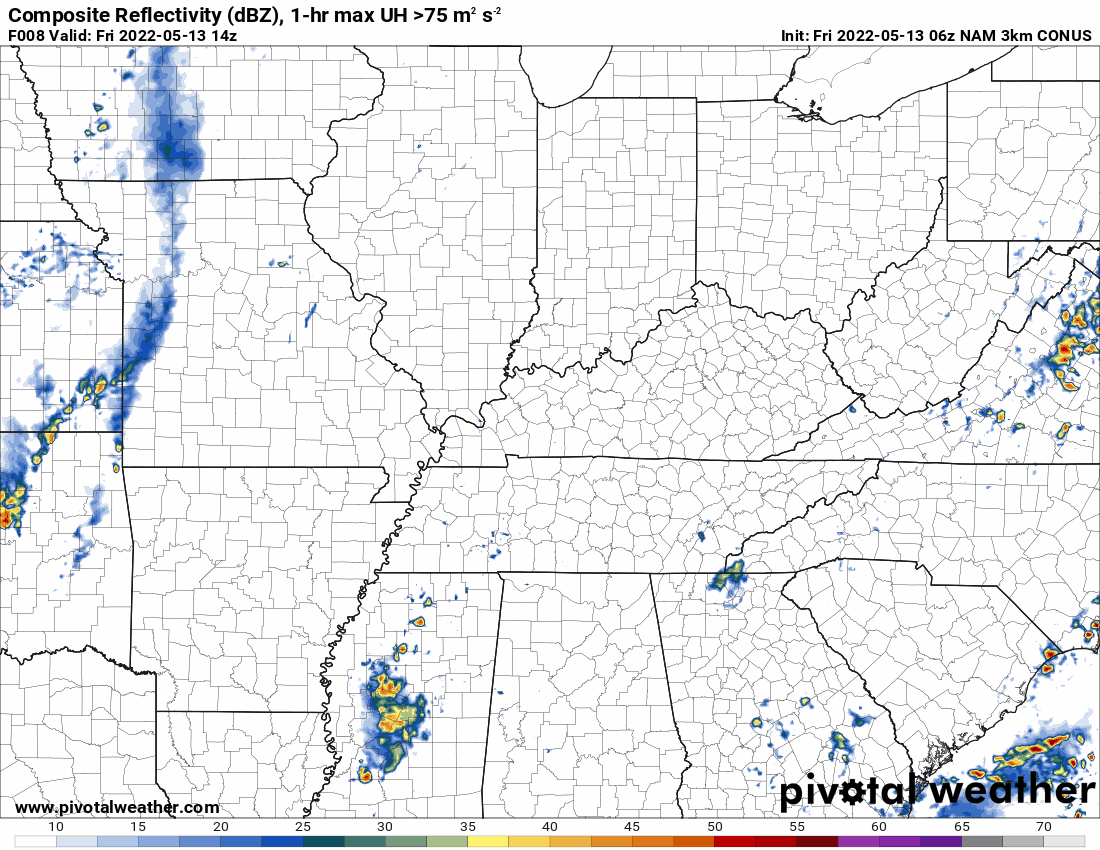
.
.This animation is the higher-resolution 3K NAM American Model.
Double click the animation to enlarge it.
Occasionally, these maps are in Zulu time. 12z=7 AM. 18z=1 PM. 00z=7 PM. 06z=1 AM
.
This next animation is the lower-resolution NAM American Model.
This animation shows you what radar might look like as the system pulls through the region. It is a future-cast radar.
Time-stamp upper left. Click the animation to enlarge it.
Occasionally, these maps are in Zulu time. 12z=7 AM. 18z=1 PM. 00z=7 PM. 06z=1 AM
.
Charge your devices in case of power outages.
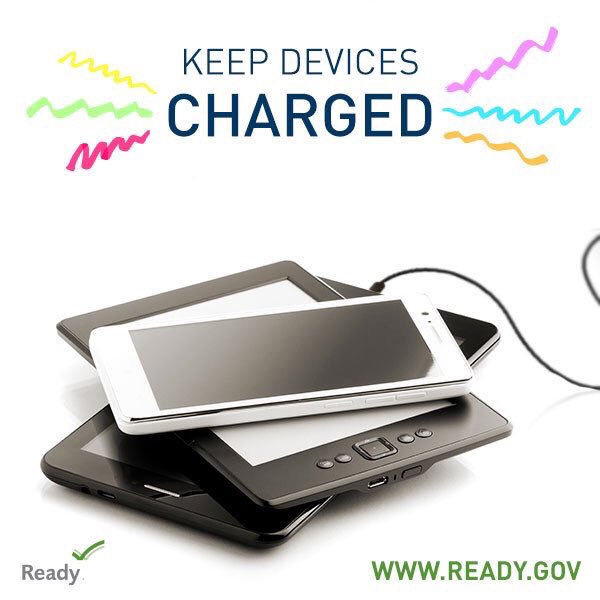
What you can do to prepare for severe weather
Here is some safety advice from the NWS concerning sheltering from storms. https://www.weather.gov/ama/severesafetytips
1. Have a family safety plan. Discuss it with your family. Make sure your kids know what to do in the event of severe weather.
2. Have your devices fully charged.
3. Change the batteries in your NOAA weather radio.
4. Have THREE TO FIVE ways of receiving your severe weather information. All sources can and have failed in the past. The Beau Dodson Weather app is one of those ways, NOAA weather radio, WEA on your phones (google it), local television and radar media, additional weather apps, and outdoor sirens. Do not rely on just the outdoor warning sirens.
5. Leave your shoes and wallet/keys by the bed. If a warning is issued overnight then you will be prepared.
6. We recommend people wear helmets during tornado warnings. In the event of an actual tornado then you will be thankful to have a helmet.
7. Have a thick blanket in your tornado safe-space.
8. Prescription medicine.
Create an emergency supply kit. If the storm is likely to cause a lot of damage, it’s important to be prepared for a variety of problems. Things that you should put in a basic supply kit include:
- Flashlights and extra batteries.
- Emergency radio.
- First aid kit
- Whistle, to alert people to your location.
- Personal sanitation products, such as garbage bags, toilet paper, paper towels, wet wipes, and tampons/pads.
- Plastic tarps
- Extra warm clothes.
- Dusk masks.
- Utility shut off tools.
Know your safety plan. Make sure your kids know the severe weather safety plan.
Have helmets in your safe space. Any kind of helmet is better than no helmet.
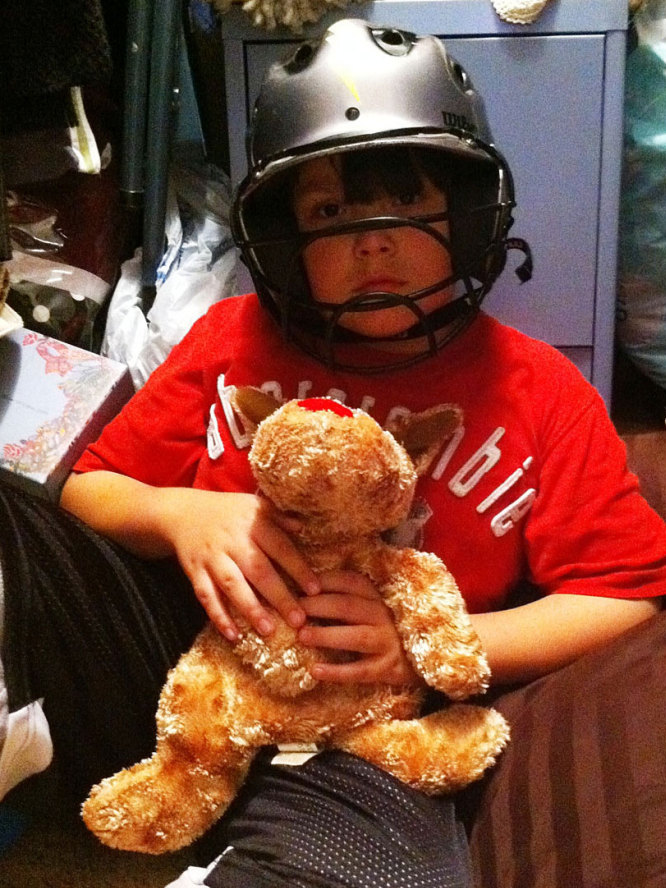
Noah Stewart shelters in the closet just 15 minutes before an April 2011 tornado demolished his house. Wearing the helmet may have saved his life, one doctor says.
Now is the time to prepare for severe weather.
Have three to five ways of receiving your severe weather information.
Know your families safety plan in the event severe weather develops.
Have multiple ways of receiving severe weather information. Not just my weather app. Have other ways, as well. All technology can fail. Thus, having more than one source will help keep you safe.
Remember, a WATCH means to monitor updates. You don’t have to change your behavior for a watch. Be prepared.
A WARNING is more serious. A WARNING means severe weather is imminent in or near your location. A WARNING means to seek shelter.
.
Where is a safe place to hide when tornadoes threaten your location.
![]()
Today’s severe weather outlook from the Storm Prediction Center (below).
Light green is where thunderstorms may occur but should be below severe levels.
Dark green is a level one risk. Yellow is a level two risk. Orange is a level three (enhanced) risk. Red is a level four (moderate) risk. Pink is a level five (high) risk.
One is the lowest risk. Five is the highest risk.
A severe storm is one that produces 58 mph wind or higher, quarter size hail, and/or a tornado.
The tan states are simply a region that SPC outlined on this particular map. Just ignore that.

The black outline is our local area.

.
Tomorrow’s severe weather outlook.

.
SUBSCRIBERS: Download the WeatherTalk app to keep abreast of my latest information.
The app is for subscribers. Subscribe at www.weathertalk.com/welcome then go to your app store and search for WeatherTalk
Subscribers, PLEASE USE THE APP. ATT and Verizon are not reliable during severe weather. They are delaying text messages.
The app is under WeatherTalk in the app store.
Apple users click here
Android users click here
![]()
![]()
.

Radar Link: Interactive local city-view radars & regional radars.
You will find clickable warning and advisory buttons on the local city-view radars.
If the radar is not updating then try another one. If a radar does not appear to be refreshing then hit Ctrl F5. You may also try restarting your browser.
Not working? Email me at beaudodson@usawx.com
Backup radar site in case the above one is not working.
https://weathertalk.com/morani
New ZOOM radar (with storm chasers)
https://wtalk.co/AVWG7GM7
Regional Radar
https://imagery.weathertalk.com/prx/RadarLoop.mp4
Lightning Data (zoom in and out of your local area)
https://wtalk.co/WJ3SN5UZ
Satellite Data
Computers and tablets. These two satellite links may not work well on cell phones.
Visible Satellite. This one is to be used during daylight only. Be sure and hit refresh once you are on the satellite page. Otherwise, the data will be old.
https://col.st/a5A0e
IR Satellite. This one shows cloud temperatures. Bright colors represent cold cloud tops. That could mean thunderstorms. Be sure and hit refresh once you are on the satellite page. Otherwise, the data will be old.
https://col.st/R2fw1
Water Vapor Satellite. This one shows mid-level moisture in the atmosphere. Be sure and hit refresh once you are on the satellite page. Otherwise, the data will be old.
https://col.st/xFVwx
.

Live lightning data: Click here.
Not receiving app/text messages?
Log in and out of your app.
USE THE APP. ATT and Verizon are slowing or stopping the text messages. Move to the app (not texts).
Make sure you have the correct app/text options turned on. Find those under the personal notification settings tab at www.weathertalk.com. Red is off. Green is on.
Subscribers, PLEASE USE THE APP. ATT and Verizon are not reliable during severe weather. They are delaying text messages.
The app is under WeatherTalk in the app store.
Apple users click here
Android users click here
.



